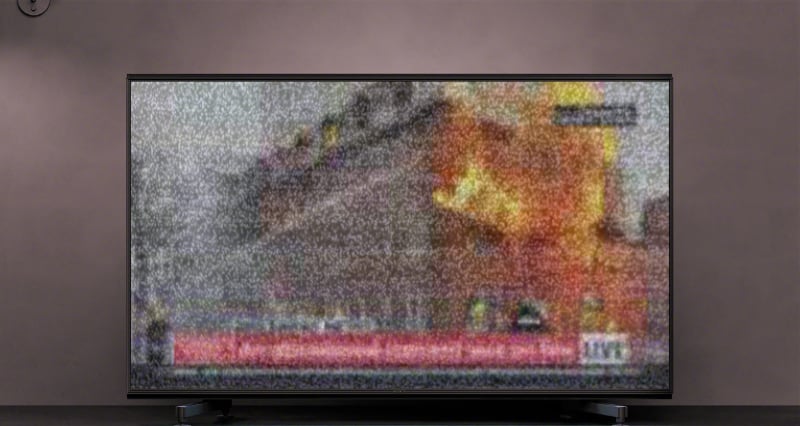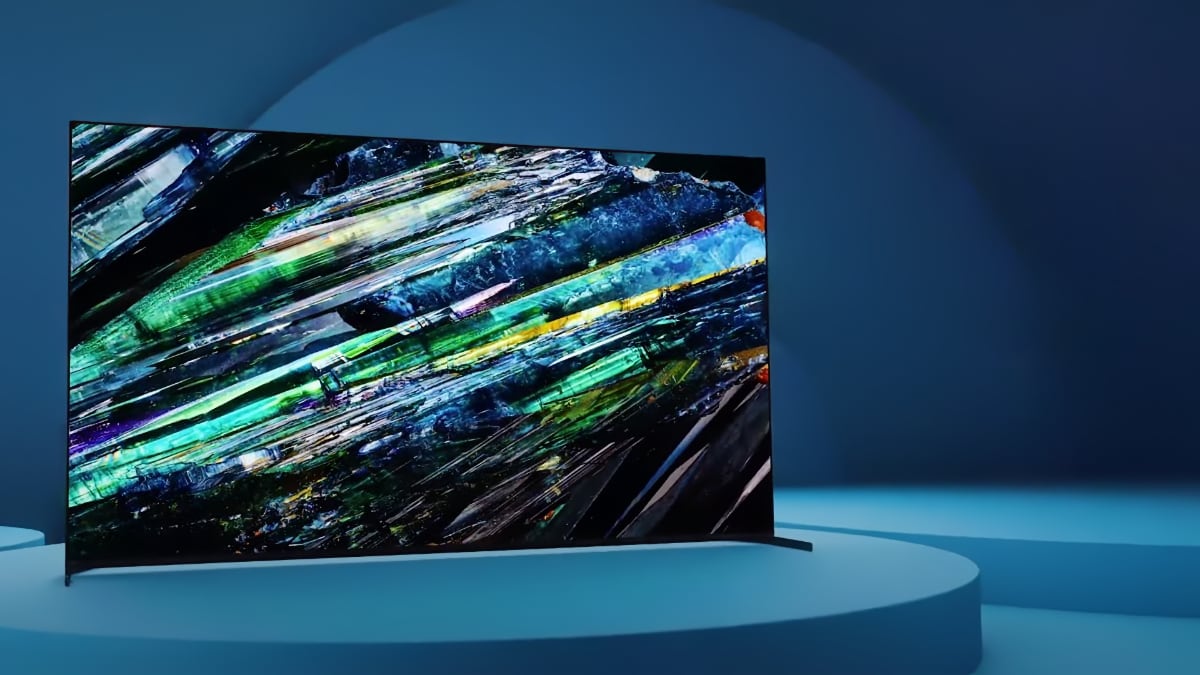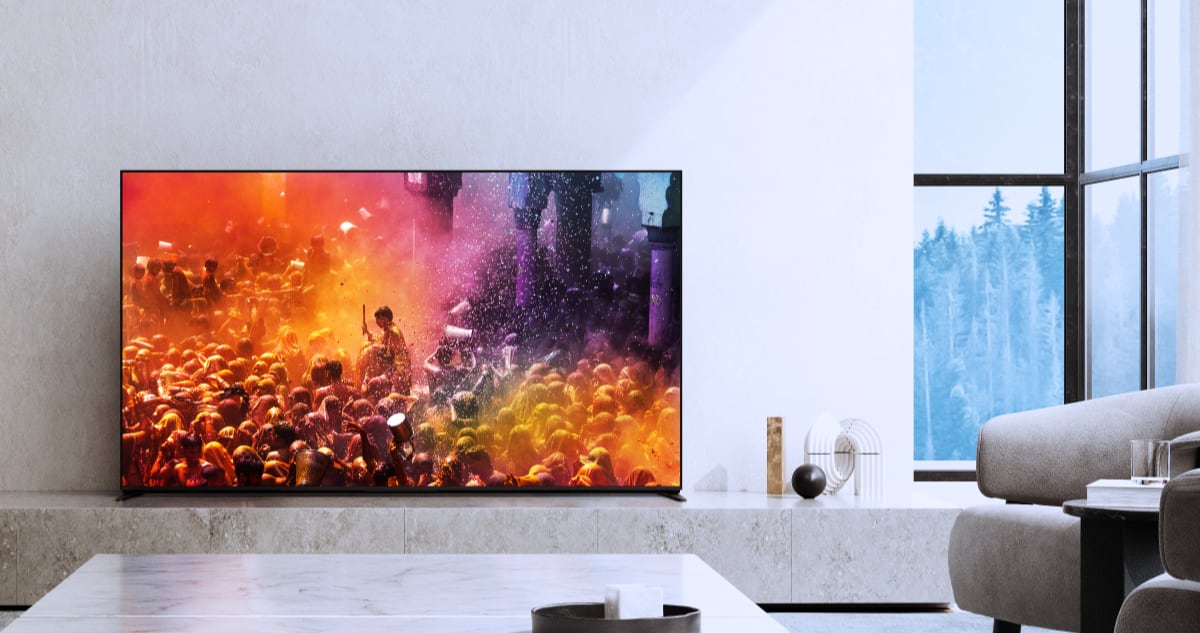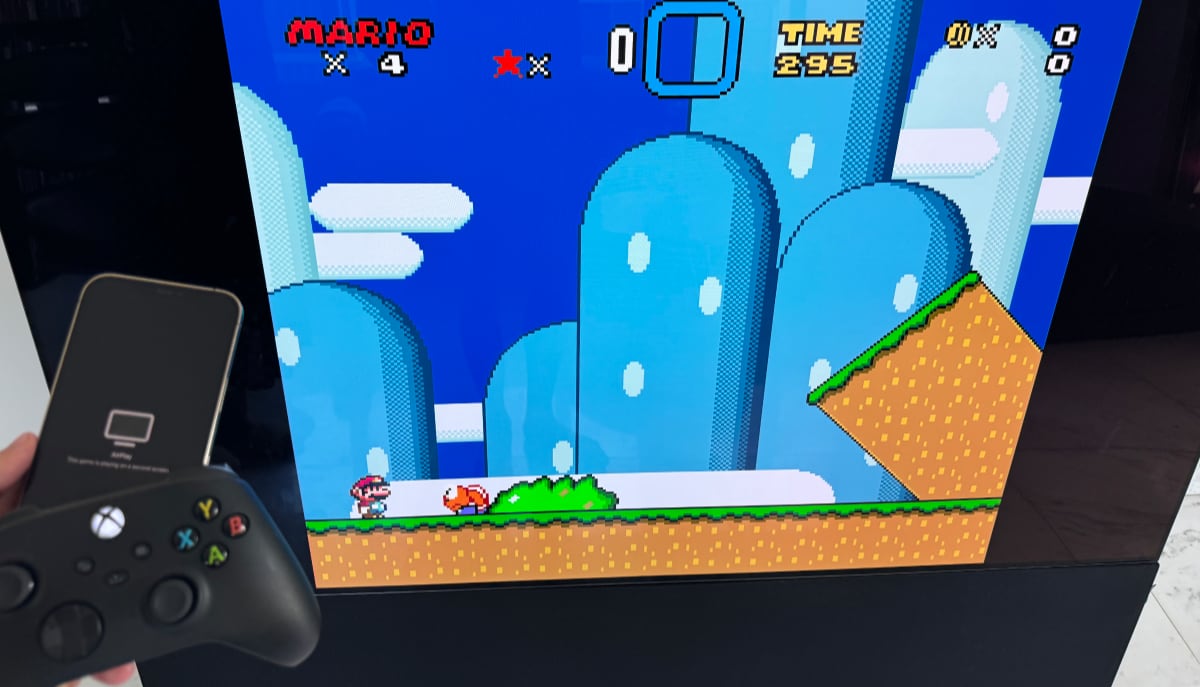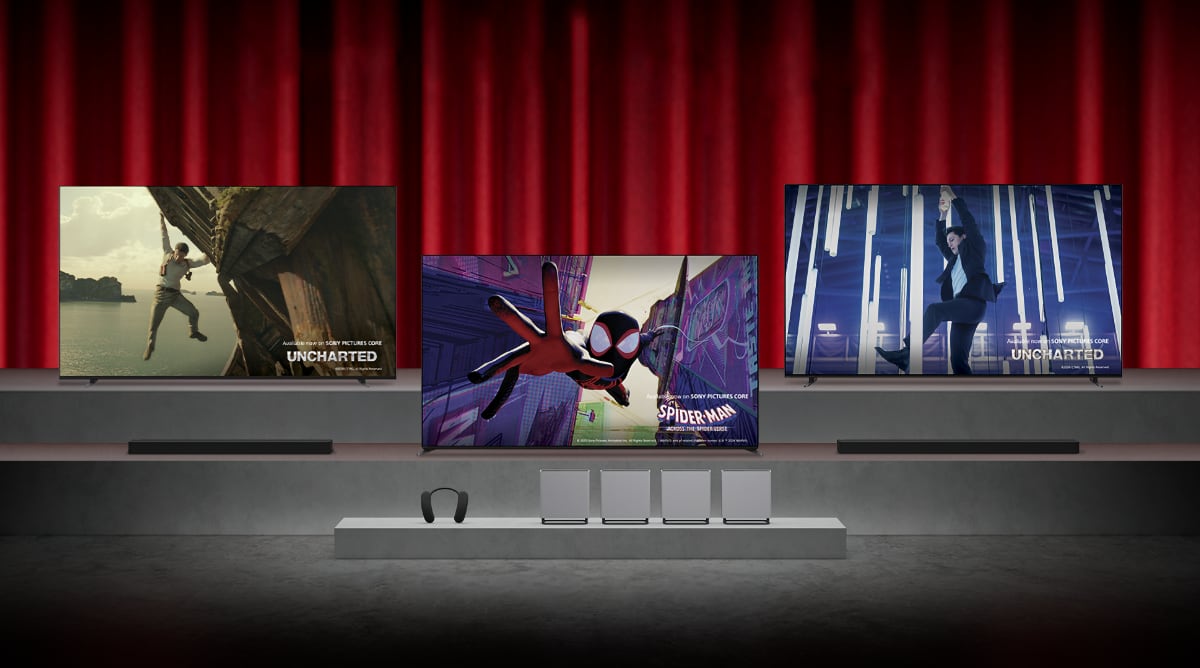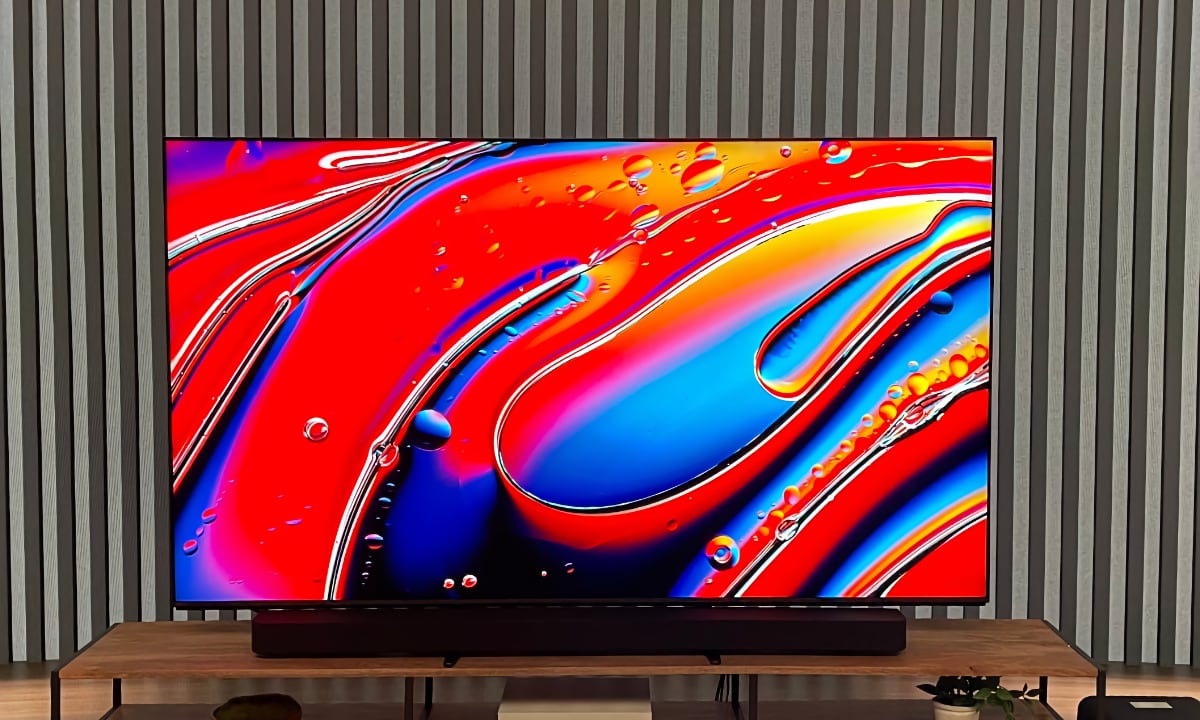The resolution gap
If you've bought a TV in recent years, there's a fair chance it was a 4K TV. By now, more than 50% of all units sold are 4K TVs, and their value share is even greater. It's almost remarkable HD still has such a relatively high share as HD TVs are becoming scarce on store shelves. Most brands have few if any models left in their range. Since 4K TVs first became available about 6 years ago, they have steadily nibbled away at HD TVs dominance – first at very large screen sizes, gradually working their way down to all but the smallest screen diameters. This relative success of 4K TVs in the market seems to prove that chicken-and-egg-situations of content and hardware supporting each other don't always preclude market development. TV makers have pushed this shift to higher resolutions as a way to combat price erosion which threatened to destroy already slim margins. So has the 4K TV revolution succeeded? That depends whom you ask. 4K TV for sure is here to stay for a while, and will only go away if displaced by 8K TV, or if consumers stop buying TV sets altogether (and switch to mobile displays instead). This is imaginable, but unlikely to happen in the foreseeable future. TV manufacturers will not abandon 4K to return to HD, like they did with 3D TV, reverting to 2D. So at what point should we expect all, or at least a majority of broadcasts, to be in 4K? Probably never. If you had been counting on it, consider that about 20 years after the first introduction of High Definition Television (HDTV), still a lot of broadcasting takes place in Standard Definition (SD). Is that a problem? A first-world problem for sure. It depends on how large your TV is, how big your viewing distance, how much you care about spatial resolution, how good your eyes are, how well your TV can upscale, how eager you are to watch the local news, and a whole lot of other factors. Let's have a look at the various sources to feed to your TV display and see how far they are along the resolution transition.
Sources: TVchannellists.com, Eutelsat, NPD VideoScan, HDReport, Allflicks, Parks Associates, IHS Markit, Futuresource, Witsview, own estimates
Television
Terrestrial TV has successfully transitioned from analog to digital transmission in all of the developed world. Of course this was not only driven by quality concerns. Digital Terrestrial Television (DTT) makes much more efficient use of scarce bandwidth in the spectrum allocated to television, so operators can squeeze more over-the-air (OTA) channels into the same aether space. This scarcity and the desire of operators to have more channels (quantity over quality) is exactly why still so many channels are in SD – HD channels take up about as much space as four SD channels. Never mind Ultra HD TV... a 4K TV channel would take as much space as about 4 HD or 16 SD channels. Unless overly compressed, which would defy the whole point of Ultra HD. While there's not a single TV station in the world broadcasting 4K programming over the air, there are a handful of 4K TV channels on satellite, cable and IPTV. They amount to about 0.2% of cable/IPTV channels and 0.3% of Direct-to-Home (DTH) satellite TV channels, barely registering in this bar chart. For broadcasters there's simply no business model to justify switching to 4K because costs will increase but revenues will not. They may upgrade their production workflow once every so many years (typically about 10) but even once the cost difference for 4K has become very modest, the economics of valuable bandwidth will not have changed.Physical Media
Shiny discs are a better source of 4K content. While the number of available titles still amounts to mere hundreds, on a legacy catalog of tens of thousands of movies and TV series, their share of current sales is more substantial. Although SD in the form of DVD remarkably still rules in the world of optical discs (price does matter), Ultra HD Blu-ray has carved out a solid niche that's approaching 10% of weekly sales in units (and substantially more in value).
US market share in units. Source: NPD VideoScan
Streaming
Of course physical media are becoming somewhat of a niche in their own right, with streaming having gained a prominent place in consumers' viewing habits. Here, things are quite different. Unfortunately Netflix reveals little about the exact popularity of films and shows. We don't know how many streams are set up in SD, HD or 4K. We do know a few other things. We know for instance that Netflix uses three service tiers offering SD, HD and 4K, and these are taken by 28%, 42% and 30%, respectively. This is not a good indication of the popularity of 4K content however, as the standard and premium package offer other benefits over the basic package, namely two and four simultaneous streams. This may be a far more important feature to many subscribers. Until Netflix discloses more data it's impossible to know. There's more to know, though. Netflix currently offers 530 movies, TV series and specials in 4K resolution – a somewhat impressive number but still less than 10% of its overall catalog (USA). On a positive note, everything else on the streaming platform is available in HD. The share of 4K here is bound to grow as it's pretty much standard practice for Netflix to produce any originals in this resolution. Sure, Netflix is not the only streaming platform. There's Amazon Video, YouTube, Apple iTunes/Movies, and more. You'll find similar numbers there; some better, some worse.Where from here?
Now where does this leave us? Already since the introduction of HDTV, there has been a discrepancy between the resolution of TV displays and that of a lot of content viewed on it. Two decades have not closed this gap. On the contrary, the gap is getting wider. About half of all 4K TV owners have never watched any 4K content on their sets yet. In fact a majority of content viewed on 4K TVs may not even be in HD resolution but in SD. In the meantime 8K TVs have arrived in the market. Conservative forecasts peg their share this year at 0.2% of TV sales. Sounds credible to me. Also read: Why you shouldn't buy an 8K TV in 2019There's probably even less 8K content now than there was 4K content five years ago. It is improbable that there is going to be much in the near future. Broadcasters have barely begun to embrace 4K (for distribution at least – production is a different story) but also Hollywood is slow to move. To date, most movies (even if shot in higher resolution) are finished 2K, and upscaled to 4K for UHD distribution. There's almost certainly not going to be an 8K disc format. Your best bet for 8K content availability is likely going to be Netflix. After all, they were also among the first to bring you 4K. They're not faced with the same hurdles as broadcasters and operators of satellite, cable or IPTV networks: They don't need to pay for the distribution pipes. You do that. And if you are looking for 8K content, you'd better get yourself a wide pipe. Downloading is quickly falling from grace in favor of streaming, and you're going to need about 60 to 100 Mbps to move all these pixels. It's probably best to get used to the idea that your TV is a display with better capabilities than the characteristics of most content you'll view on it. In other words, your display will not be the bottleneck in your viewing experience. There's a resolution gap and it's not going to go away. You'd better get used it.
Yoeri Geutskens has worked in consumer electronics and telecommunications for two decades. He works as a consultant in media technology and writes about high-resolution audio and video. You can find his blogs about Ultra HD at @UHD4k and @UltraHDBluray.

